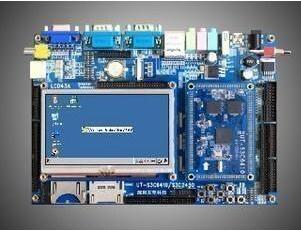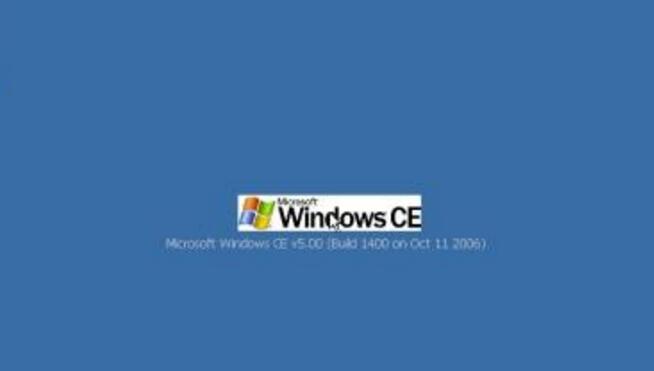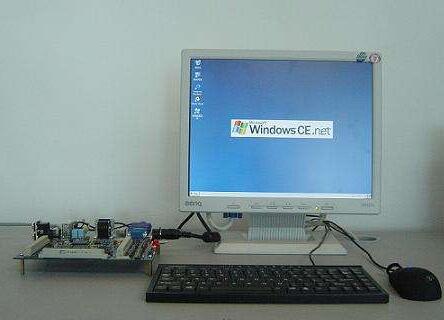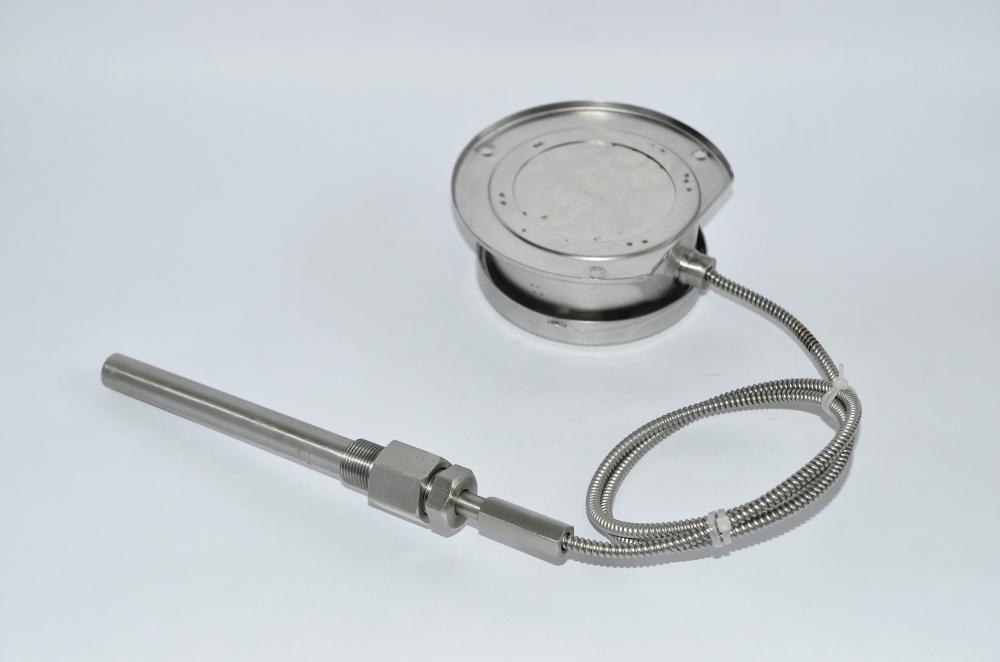The Windows CE operating system is a member of the Windows family and is a system environment designed for handheld computers (HPCs) and embedded devices. Such an operating system enables the integration of complete removable technologies with existing Windows desktop technologies. Windows CE is designed as a general-purpose operating system for small devices (it is a typical diskless system with limited memory). Windows CE can set the hardware platform by designing a layer of code between the kernel and the hardware. This is The well-known hardware abstraction layer (HAL) (this was previously referred to as the OEMC (Original Equipment Manufacturing) adaptation layer, OAL; Kernel Compression Layer, or KAL, to avoid confusion with Microsoft's Windows NT operating system HAL).
Unlike other Microsoft Windows operating systems, Windows CE does not represent software that applies to all platforms using the same standards. In order to be flexible enough to meet the needs of a wide range of products, Windows CE can adopt different standard modes, which means that it can choose from a series of software modes so that the products can be customized. In addition, some of the available models can also be used as part of it, which means that these models can be selected as a standard model by choosing from a set of available components. By choosing, Windows CE can achieve the minimum required by the system, thus reducing the operation of storing scripts and operating systems.
Wince functionThe latest Windows CE is Windows Embedded Compact 7, this version has made great progress in the kernel part: all system components are changed from EXE to DLL and moved to kernel space.
The newly designed virtual memory architecture and new device driver architecture support both User Mode and Kernel Mode drivers. The breakthrough can only run 32 process limits and can run 32768 workers. The virtual memory limit for each worker element is increased from 32 M to total system-wide virtual memory. Platform Builder IDE is integrated into Microsoft Visual Studio 2005. The new security architecture ensures that only trusted software can run in the system. UDF 2.5 file system. Supports wireless specifications such as 802.11i (WPA2) and 802.11e (QoS), and multiple radio support.
Supports x86, ARM, SH4, MIPS and other processors. Providing new Cellcore components makes it easier for the system to create data links and activate calls in mobile phone networks. In the development environment, Microsoft also provides development components that are compatible with the .NET Framework: the .NET Compact Framework, which enables developers who are learning .NET or already have .NET program development skills to quickly and smoothly deploy Windows CE .NET systems. Develop applications on your device.
The Windows CE system used on Pocket PC Pocket PCs and smart phones Smart Phones is called Windows Mobile, and the most current version is Windows Phone 8.1.
Wince development technologyWindows CE uses different development technologies for different systems: Windows CE uses the VC++ 5.0 development system embedded toolkit, which provides system libraries, tools, texts, and sample code to enable OEMs to implement Windows CE standards for specific hardware platforms. custom made. The embedded toolkit also includes a device driver package (DDK) and a software development kit (SDK), DDK provides additional text on the write driver, SDK provides libraries, header files, sample code, text to allow, and developers are based on Windows CE. The platform for writing. Windows CE provides the same program interface for developing functions for other Windows operating systems. For example, Windows CE version 1.01 supports about 500 of Microsoft's Win32 API functions. This means that a large number of different types of tools, third-party books, tutorials on Win32 developers, can be used as alternatives or for developers of Windows CE systems. Developers of real-time systems can use the VDFF 5.0 embedded toolkit to shift the operating system to a specific platform and develop additional device drivers and real-time capabilities for the platform.

1, streamlined modular operating system
2, multiple hardware platform support
3, support wired and wireless network connection
4, robust real-time support
5, rich multimedia and multi-language support
6, powerful development tools
The role of winCE1, chip manufacturers
2, equipment manufacturers
3, operating system provider
4, system integrators
5, independent software developers
6, independent hardware developers
7. End users

Through reading a book to understand the prospects and significance of wince development, embedded applications, ARM hardware architecture. WINCE understands the use of the platform builder development tool, can use the platform builder development tool to customize the WINCE operating system, can extract the operating system kernel image - NKL.BIN.
ARM - Advanced RISC Machines referred to as computer technology using lean instructions.
ARM high-level language programming is mainly implemented through C language. The development of the operating system can be based on Linux or Windows, and I mainly develop and transplant the WINCE operating system based on the ARM chip.
WINCE Development Platform Construction and Configuration
Platform builder development platform, the installation is relatively simple, skip.
WINCE operating system creation process
1, create an operating system image using platform builder 5.0
2, from the "file" menu, select "New Platform" to create a new project
3, set the name of the project, set the operating system's build directory in the path
4, the next step, select the operating system to run the hardware environment, select the SAMSUNG SMDK2410 here: ARMVI
5, the next step to select the available OS actual template, choose your own needs
6, the next step to browse and accept the default "ApplicaTIons & Media" configuration options
7, the next step by default, left rear Finish
8. After completing the above steps, the platform builder generates all the files necessary for the configuration of the operating system platform.
Add the necessary features through the platform builder platform:
Add required features through the number of extended categories on the Catalog panel
Create an emulator-based operating system image
The platform builder generates two configurations for an operating system design:
Debug and Release
1, in the platform builder "Build OS" menu, click "Set AcTIve ConfiguraTIon", make the appropriate choice
2, check the platform builder "platform" menu "SetTIngs" in "Configuration" settings, mainly to check the "Build Options" option
3, set the language in the "Locale" tab
4, after all operations are completed, on the platform builder main menu, select "Build OS | Sysgen" to start creating the WINCE runtime image
5. After some time, Build OS will compile successfully

Bimetallic thermometer combines two metals with different linear expansion coefficients, and one end is fixed. When the temperature changes, the thermal expansion of the two metals is different, which drives the pointer to deflect to indicate the temperature. This is bimetallic sheet thermometer, as shown in the figure on the above page. The temperature measurement range is - 80 ~ 500C, which is suitable for temperature measurement when the accuracy requirement is not high in industry. As a temperature sensing element, bimetallic sheet can also be used for automatic temperature control.

Bimetal Thermometer,Marine Bimetal Thermometer,Bimetallic Thermometer For Marine Pipeline,Bimetallic Thermostat Thermometer
Taizhou Jiabo Instrument Technology Co., Ltd. , https://www.taizhoujiabo.com
